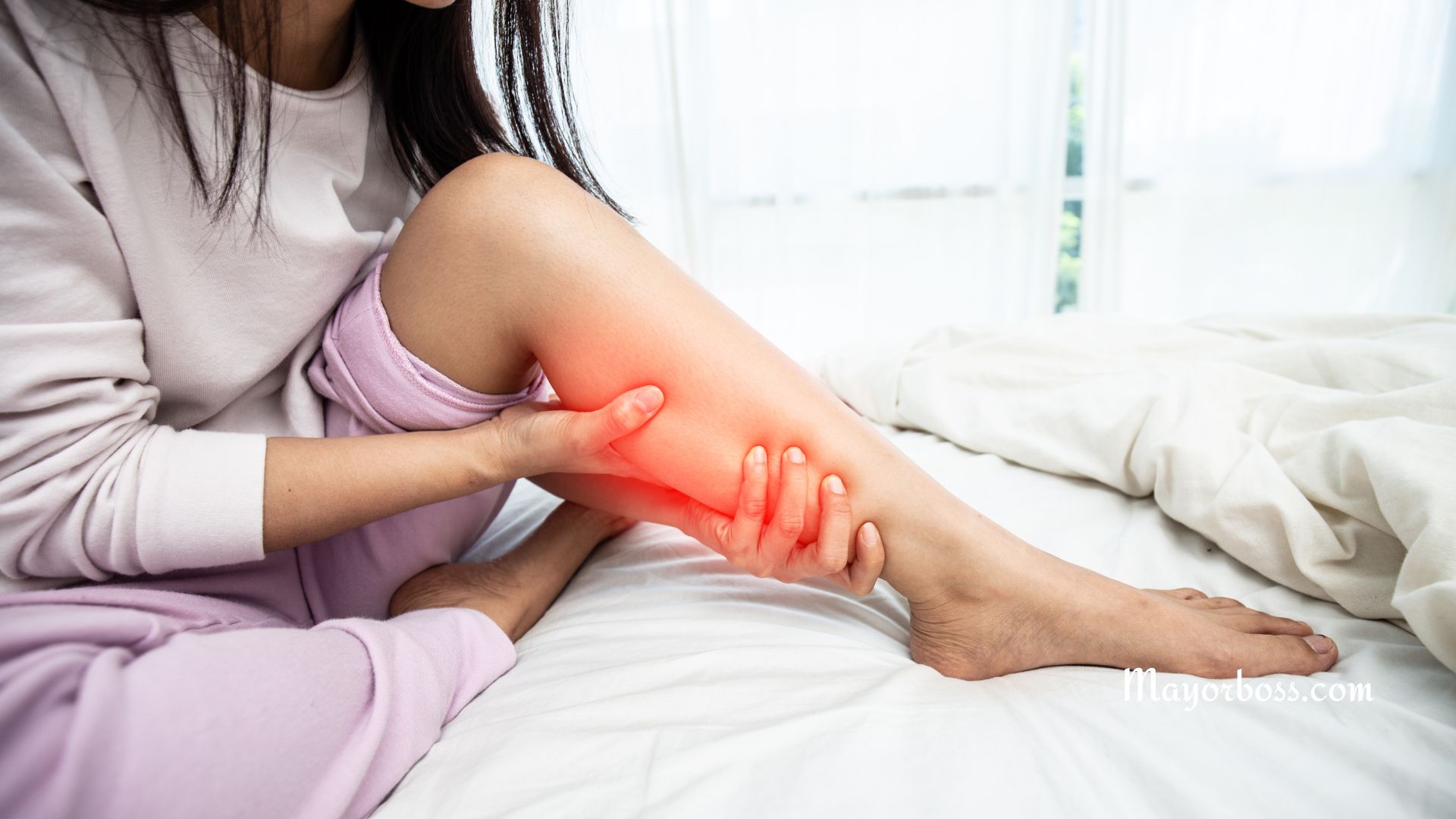What Is Cupping Therapy? Benefits, Uses, and Side Effects
Cupping therapy, often simply referred to as ‘cupping,’ is an age-old practice of alternative medicine that originates in China. Your provider basically places special cups on your back and other parts of your body for a few minutes to create suction. You may have noticed people with circular bruising or redness on their bodies — that’s the telltale sign of cupping.
This therapy is primarily used to ease pain, inflammation, increase blood flow, and as a form of deep-tissue massage. Some people even use cupping to promote relaxation and overall well-being, much like other therapeutic massage techniques.
However, while cupping therapy has a variety of potential health benefits, it’s not without its caveats. Let’s delve into the specifics of this unique therapy.

Understanding Cupping Therapy
Cupping therapy involves placing cups—usually made of glass, bamboo, silicone, or earthenware—on the skin. A practitioner creates a vacuum within the cup, causing your skin and superficial muscle layer to be lightly drawn upward. This process is achieved either by applying heat inside the cup before placing it on the skin or by using a suction device.
Cupping therapy is often used alongside other treatments like acupuncture or massage. There are two main types: dry cupping, which relies solely on suction, and wet cupping, which may involve a controlled medicinal bleed.
Potential Benefits of Cupping Therapy
Cupping therapy, while relatively under-researched compared to more conventional treatments, has demonstrated a range of potential benefits in scientific studies:
- Pain Relief: Cupping therapy might provide pain relief for people with conditions such as back pain, neck pain, Carpal tunnel syndrome, shoulder pain, arthritis, headaches, or migraines, according to the Cleveland Clinic.
- Promotes Relaxation: Much like a deep-tissue massage, the suction effect can offer a soothing, relaxing sensation, helping reduce stress and promote overall well-being.
- Supports Skin Health: Cupping therapy has been used to treat various skin conditions, including acne and herpes zoster. Furthermore, it could also potentially improve anti-aging effects by increasing blood flow, promoting cell repair, and reducing cellulite appearance.
- Aids in Digestive Issues: Some anecdotal evidence suggests cupping may help with digestive issues, like irritable bowel syndrome or diarrhea.
Please remember, while promising, many of these benefits require further scientific validation, and individual results may vary.
Practical Uses of Cupping Therapy
Cupping therapy, given its diverse benefits, has several practical uses in both clinical and self-care contexts:
- Physical Therapy and Rehabilitation: It may assist in recovery from injuries, reducing muscle stiffness and promoting mobility.
- Stress Management: As a relaxing, massage-like treatment, it can serve as a stress-reducing practice in your wellness routine.
- Athletic Recovery and Performance: Some athletes use cupping to enhance recovery and performance, believing it to aid in removing toxins and speeding muscle recovery.
Potential Side Effects and Risks of Cupping Therapy
While cupping is generally safe when performed by a trained professional, it isn’t without potential side effects:
- Skin Discoloration: The most common side effect is temporary skin discoloration due to suction. These circular “bruises” usually fade within a few days to a week.
- Minor Discomfort: Some people may feel mild discomfort during or after the procedure.
- Skin Infection: Rarely, if the cupping equipment is not properly sanitized, it may lead to skin infections.
To mitigate risks, ensure you receive cupping therapy from a trained and certified professional and discuss any existing health conditions with them before undergoing treatment.






